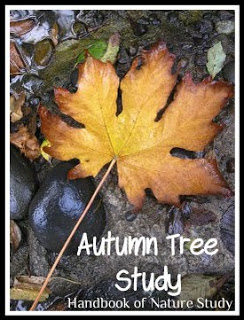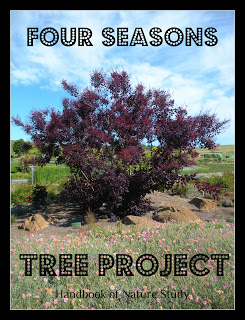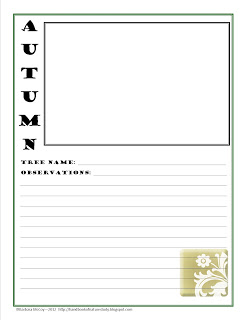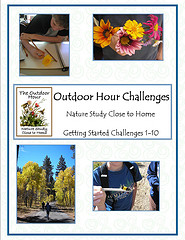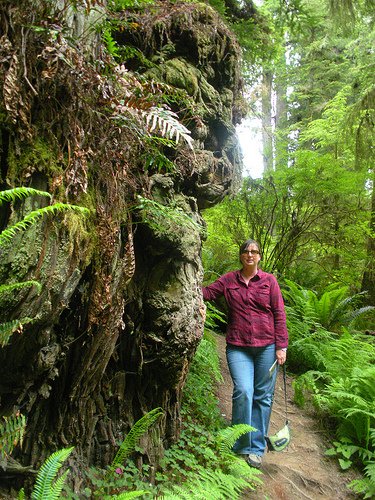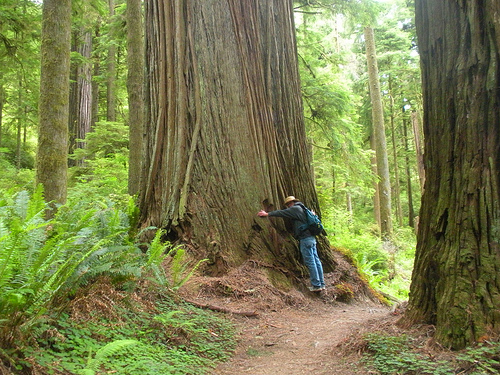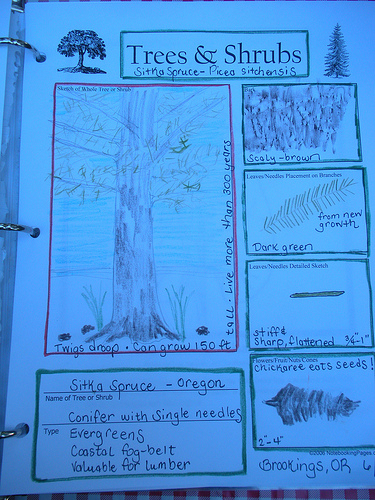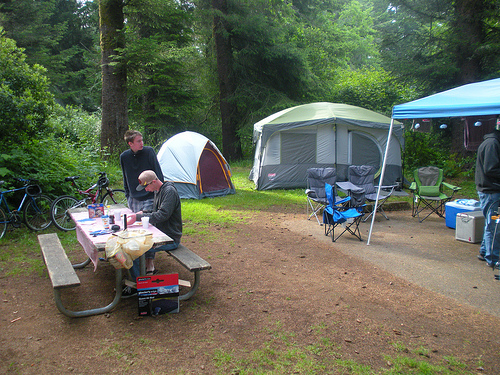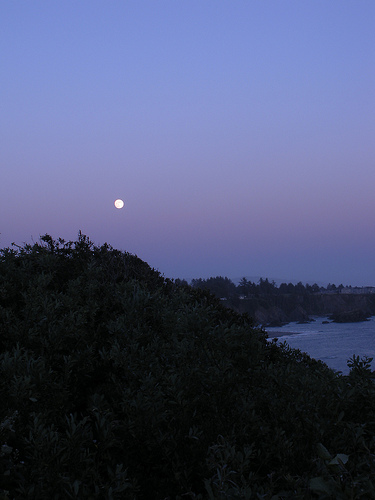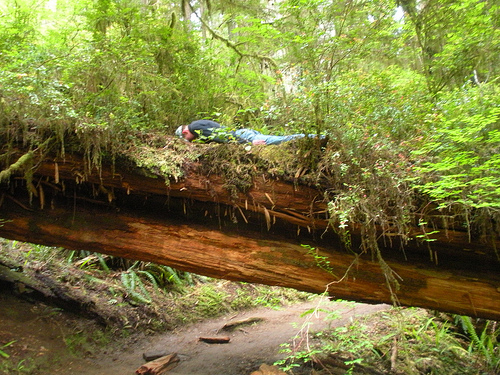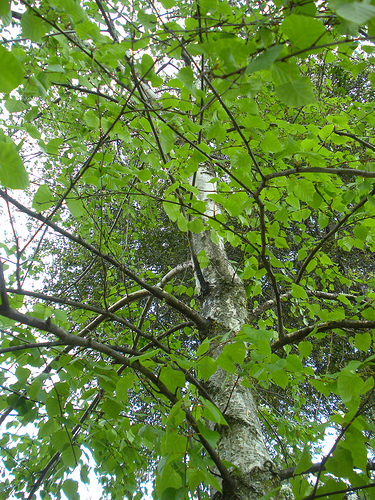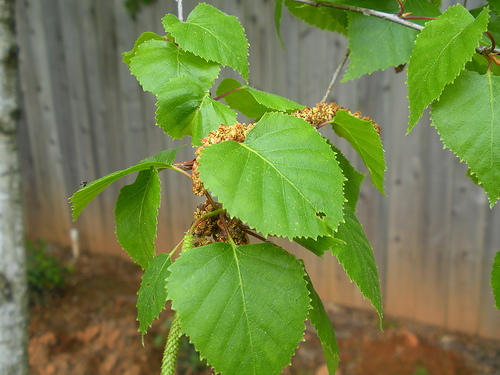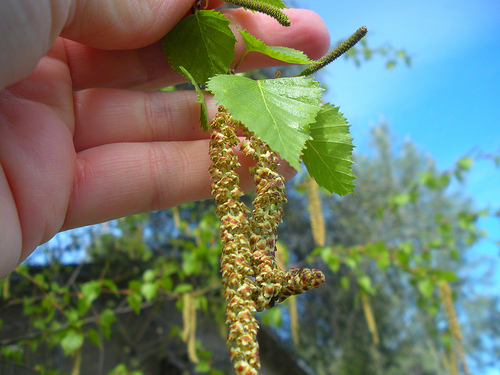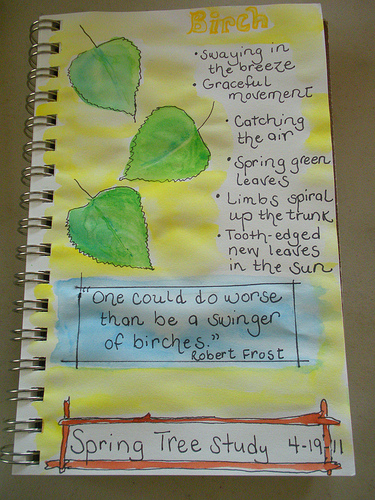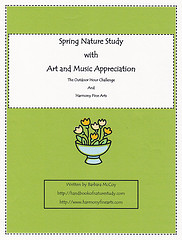We have completed several year-long tree studies in the past, observing a particular tree in each season for a whole year. We haven’t had a tree for some time. I looked back and we started a study of the neighborhood cottonwood tree but never finished. Oops.
Oak Tree 2007-2008
Sweet Gum 2008-2009
Tulip Tree 2010-2011
Birch Tree 2011-2012
Cottonwood Tree – 2012-incomplete
Time for a fresh start and a new tree. We looked around our yard and realized that we have studied quite a few of those trees already. Hunting around, we found a new tree. We know the tree as the “birdfeeder tree” because it has always had our birdfeeder hanging from its branches. We don’t know what the name of the tree is officially so it is going to be a mystery tree until we complete the study.
You can see the Outdoor Hour Challenge Spring Tree entry to get started on your own tree study.
This is our tree looking from our back deck and between our house and the neighbor’s house. It is an awkward place to take a photo but you get the idea of the shape of the tree. You can see the Pittosporum plant on the right of the tree.
Here is a look at the branches from underneath. In the summer this tree shades the end of our deck where I have some chairs and a table. We spend many an afternoon and evening enjoying the shade given by our “birdfeeder tree”.
This is what is on the branches on this first day of spring. Wow! Look at all those tree parts. A few days ago, when the sun was shining on the tree, I could see it actually giving off little puffs of pollen into the breeze. I am sure this is the tree that is making pollen on the deck.
Here is another view of the flowers (fruits?) of this mystery tree. If anyone has any idea what this tree is from looking at the images in this entry, please leave me a comment or send me an email. I freely admit I don’t know all there is to know, or even a fraction of what there is to know, about trees even in my own backyard.
I added a photo and some notes to my page that I had prepared using the new Nature Journal Topper from the newsletter. Hopefully this will remind me to complete a summer study of our tree and perhaps be able to identify it when it has leaves.
Have you picked a tree to study for a year?








